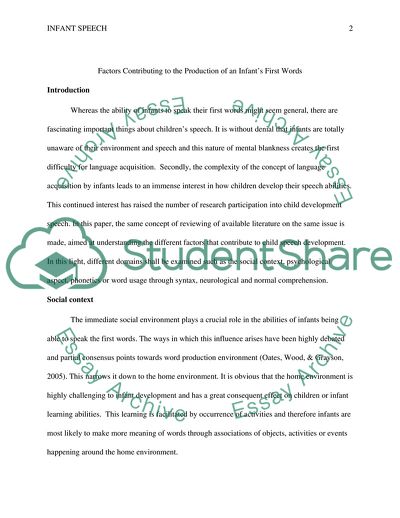Cite this document
(What factors contribute to the production of an infants first words Essay, n.d.)
What factors contribute to the production of an infants first words Essay. https://studentshare.org/psychology/1802773-what-factors-contribute-to-the-production-of-an-infants-first-words
What factors contribute to the production of an infants first words Essay. https://studentshare.org/psychology/1802773-what-factors-contribute-to-the-production-of-an-infants-first-words
(What Factors Contribute to the Production of an Infants First Words Essay)
What Factors Contribute to the Production of an Infants First Words Essay. https://studentshare.org/psychology/1802773-what-factors-contribute-to-the-production-of-an-infants-first-words.
What Factors Contribute to the Production of an Infants First Words Essay. https://studentshare.org/psychology/1802773-what-factors-contribute-to-the-production-of-an-infants-first-words.
“What Factors Contribute to the Production of an Infants First Words Essay”. https://studentshare.org/psychology/1802773-what-factors-contribute-to-the-production-of-an-infants-first-words.


